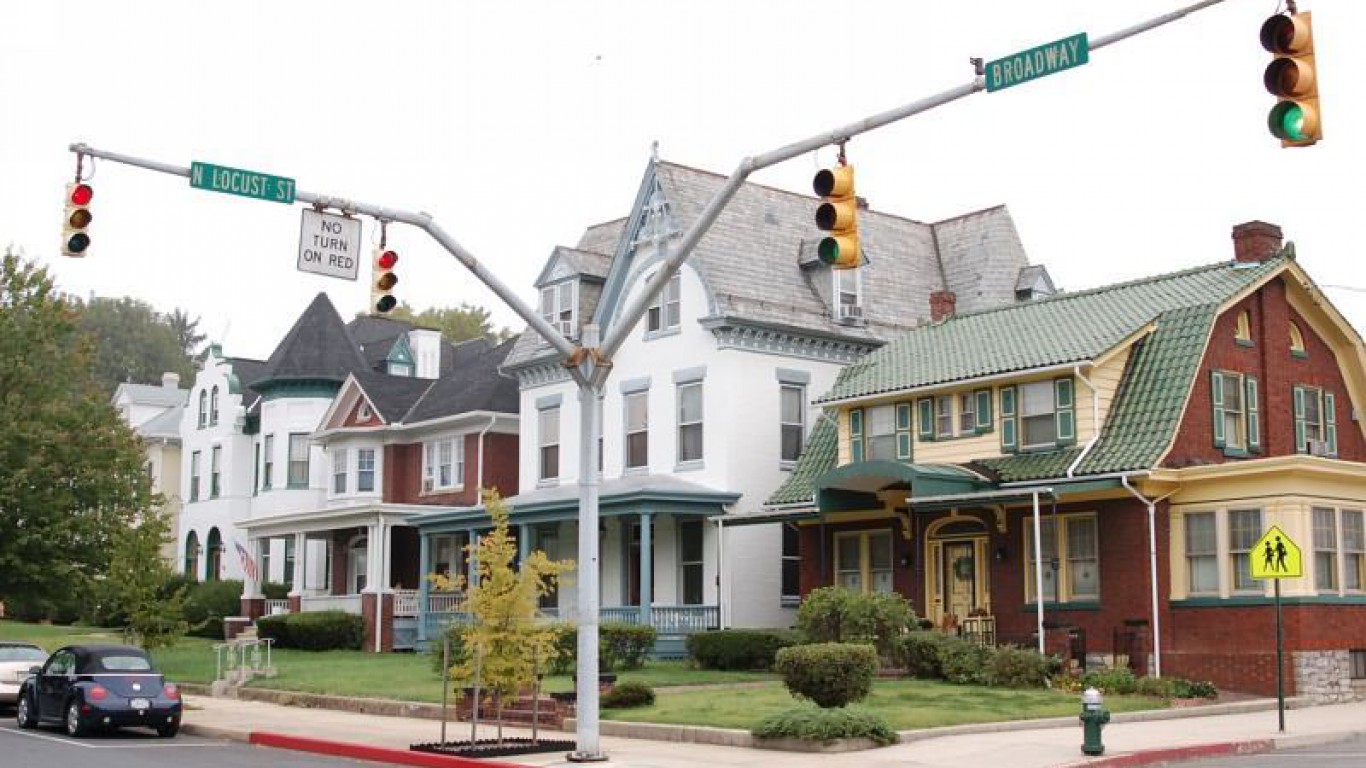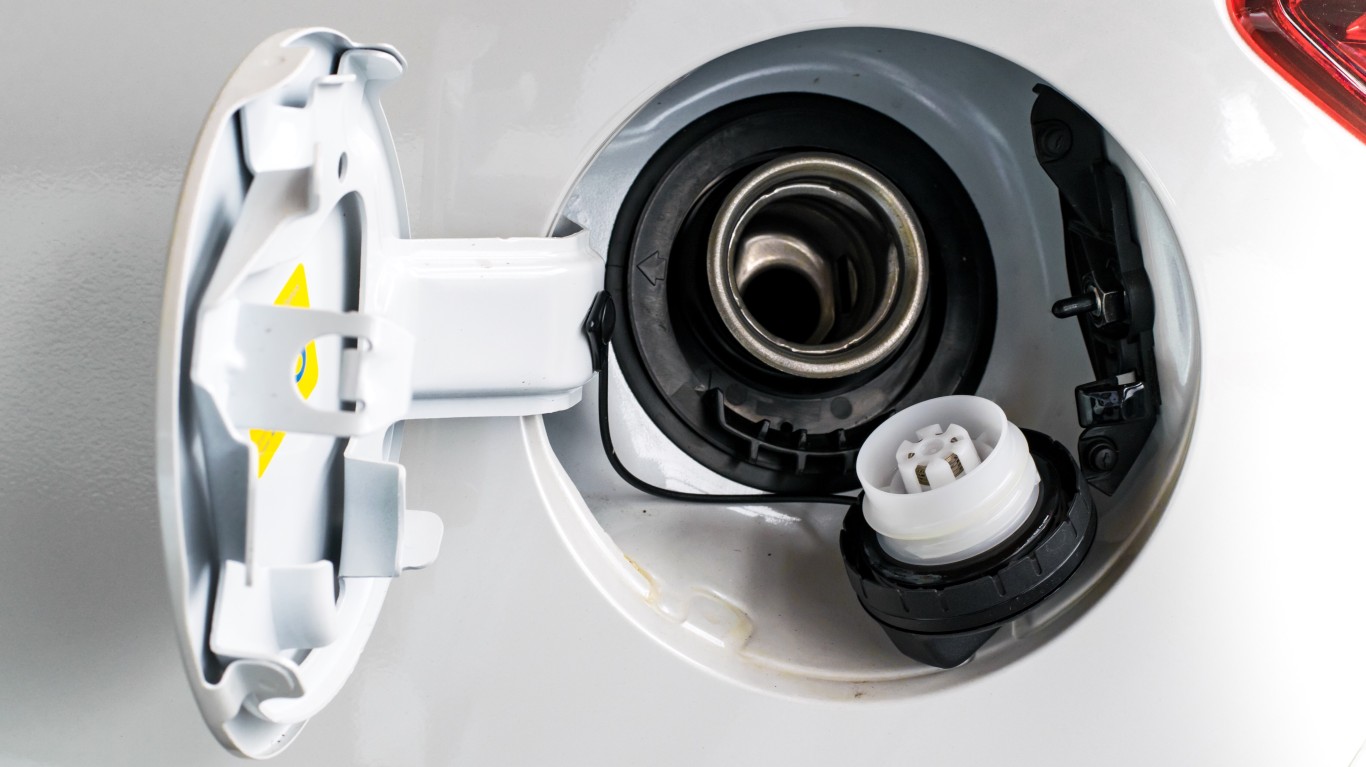
The traffic light turns 150 years old today. They are so commonplace around the world that drivers and pedestrians barely give them a thought.
[in-text-ad]
Transport for London, which controls car, road, bus, pedestrian, bike and river traffic in the United Kingdom’s largest city, celebrated the century and a half-year-old anniversary with a tweet:
🚦 Here’s what the first traffic light looked like, 150 years ago
🚦 This was long before today's technology, which allows us to manage the network using traffic lights to benefit not just drivers but people walking, cycling and taking the bus 🚶🚲🚌
🚦 #TrafficLight150 pic.twitter.com/R8KpGmkenl
— TfL (@TfL) December 10, 2018
According to the BBC, the first light was invented by John Peake Knight, who was an employee of the railroad in the city. A month after the installation, a gas leak caused it to explode.
It took decades before the first traffic lights were common in the United States. Among the earliest cities to have them were Salt Lake and Detroit. While Detroit is credited with having the first three-color traffic light (green, yellow, red) in 1920, there is no hard evidence that is true. Eventually, use of the traffic light became part of the railway and river travel transportation systems.
The way traffic lights are colored and how the colors are used around the world differs. And there are varying rules about when drivers can turn when a light is red. Some lights also affect consumer traffic. Others control road intersections with railroad tracks. In the United States, there is even a national manual for traffic use, issued by the Manual on Uniform Traffic Control Devices, which is part of the Federal Highway Administration. Modern traffic lights are sometimes set up with cameras to capture cars that run red lights.
How many traffic lights are there in the United States 150 years after the device was invented? According to the United States Access Board, more than 300,000. As a general rule of how they should be placed, the organization recommends there be one signalized intersection per 1,000 in population.
If the United States has 300,000 traffic lights, the global total is well into the millions. Some 150 years after the first traffic light was installed, they are so much a part of travel it is hard to imagine the roads without them.
Is Your Money Earning the Best Possible Rate? (Sponsor)
Let’s face it: If your money is just sitting in a checking account, you’re losing value every single day. With most checking accounts offering little to no interest, the cash you worked so hard to save is gradually being eroded by inflation.
However, by moving that money into a high-yield savings account, you can put your cash to work, growing steadily with little to no effort on your part. In just a few clicks, you can set up a high-yield savings account and start earning interest immediately.
There are plenty of reputable banks and online platforms that offer competitive rates, and many of them come with zero fees and no minimum balance requirements. Click here to see if you’re earning the best possible rate on your money!
Thank you for reading! Have some feedback for us?
Contact the 24/7 Wall St. editorial team.


